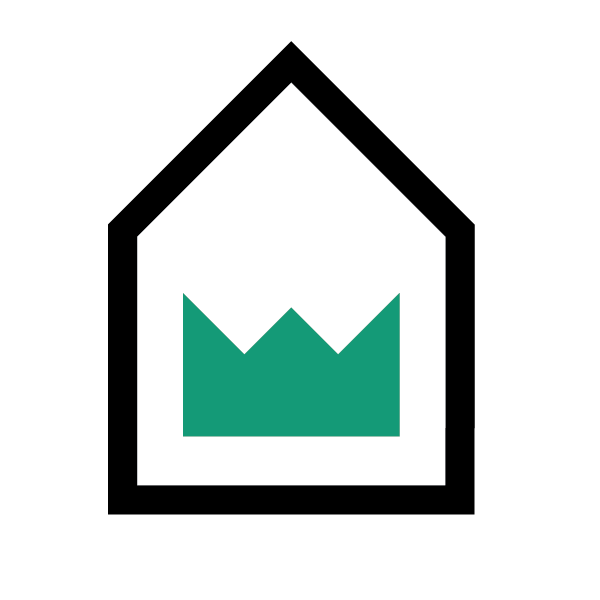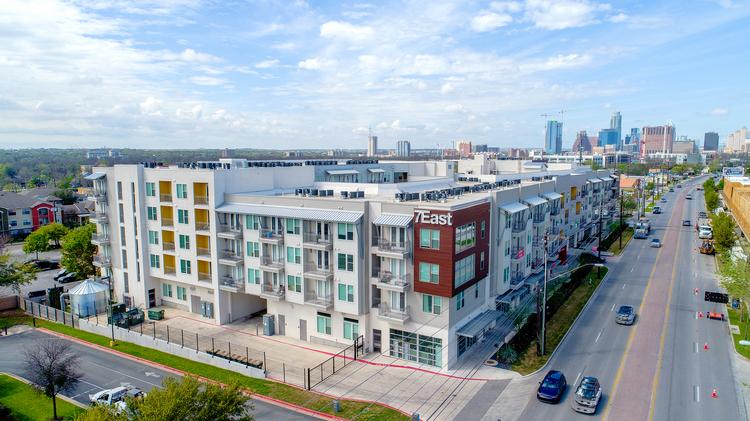The Problem With Austin Urbanism: Imagining A Better Way
How do you solve a problem like a sidewalk?
Hi! Ace here.
This past week The City of Austin released a timeline outlining the creation and potential passage of a new land development code. This comes after the multi-year process, CodeNEXT, was canceled last year following a conclusion that the process had gone awry.
The new timeline, via City of Austin
The reasons behind restarting the process make sense: Austin is a city that is seeing some of the largest growth of any city in the United States. The population of Austin has changed significantly over the past 20 years: 656, 562 lived in the city in 2000 and that number is expected to cross over 1 million in 2020. In order to accommodate for this growth, the city has zoned for multifamily to be developed in specific parts of the city, mostly along transit corridors. In theory, this is effective because this means that individuals have near direct access to buses and can rely less on cars to carry out their day: go to work, shop for groceries, attend events and go out in the evenings, etc.
In practice, it does not work that way.
The problem with this method of urbanism is this:
Simply allowing for more development to happen along one street does not create an urban neighborhood with more than simply housing units and a few small businesses.
Focusing all development along these corridors does not provide enough units to meet the city’s Strategic Housing goals (it is currently 6,000 units behind its pace for 135,000 in ten years)
Placing more individuals along major roads that are designed to get cars as quickly out of town (South Congress, South Lamar, North Lamar, Burnet Road, etc.) creates a conflict of perceived safety and does not solve the problem of walkability.
Living near a busy road increases your exposure to pollution and can cause a host of issues including asthma, dementia, and premature death.
Drive-By Urbanism on 7th Street in East Austin, image via Austin Business Journal
With the new development code, there is a strong belief that the issue of housing development will be addressed in a way that will allow for the city to meet its goal of a compact and connected Austin, per the Imagine Austin plan. However, if the plan is any close continuation of what occurred during the CodeNEXT process, what we will see is more of the same drive-by urbanism and a code that doesn’t address a need for more housing let alone quality urban neighborhoods.
Using the tenants of compact and connected from the Imagine Austin plan, here is my vision for better Austin urbanism through land reform.
Differences in Zoning Categories, via CodeNEXT
A Compact Code That is Clear and Concise
Compact means two things: compact in the length of the written rules and compact in the type of development created.
A compact zoning code means that it is easy to use and easy to implement, ideally saving time, stress and energy for all parties involved and reducing the costs of development in the city. The new zoning code should have less uses/zones than the current code and be straightforward enough that a non-design professional can easily understand what they can build on their property. A simple system that simply has maximum heights, lot setbacks, and impervious cover limits would allow for more time for design and/or shorter project timelines. This could also allow for creativity in regards to the number of units provided on smaller lots, allowing for smaller scale missing middle housing to be a viable option for many. Any complexity in treating zones differently should be solely related to preservation of existing parkland and environmentally critical areas.
An example of single-family zone (in yellow) existing in close proximity to two streets with transit and more dense development,
via City of Austin
The importance of not developing in those environmentally critical areas is also why the code should focus toward compact development within existing neighborhoods. Per the images shown, even in the last version of CodeNEXT there were many locations where spot zoning and neighborhoods within walking distance of transit were kept as single family. Zoning should be implemented in such a way that true urban neighborhoods can flourish and not simply be relegated to single streets. This also means removing single-family zoning from the city center, particularly in neighborhoods that are not at risk of gentrification.
An example area of where single-family zoning should be removed, which represents areas within 3 miles of downtown and fairly direct access to streets or transit. (made in GoogleMaps)
A Connected City with Great Streets for All Austinites
On the whole, sidewalks in Austin are bad. At best it is more often than not a 3’ wide strip of concrete (read: not wide enough to pass somebody without stepping on grass) and at worst there is no sidewalk at all. There is one place in the city with excellent sidewalks: downtown. Through the Great Streets program, there has been a creation of truly walkable spaces throughout the city center that provide elegant and accessible facilities for movement and make places like 2nd Street possible. Programs like Great Streets need to be created for areas outside of downtown and additional efforts to create full sidewalk networks in neighborhoods and protected mobility lanes (for bikes and scooters alike) need to be prioritized so that not only can people get to transit safely from their home, but that they can safely navigate their own neighborhoods without the difficulty of traversing both streets and front yards, or worse—around parked cars with other cars whizzing by.
A great example of a fully protected bike lane outside of downtown can be found in Mueller
A connected city also extends to the street grid. Creating a more gridded city improves movement for everyone, including cars. Connections can also be things as simple as bridges across bodies of water and railroad tracks that can allow for the passage of people and bikes to ensure safe and easy access to all parts of town. Improved grids also should extend to creating a cohesive bike lane network. Along with providing safe places for individuals to use scooters, there have been studies that show protected bike lanes improve patronage of businesses along them. Given Austin’s pro-business environment and excellent weather conditions for most of the year, the choice to build more bike lanes is a no-brainer.
Moving Forward
Hopefully the land code reform will build upon recent policies like Affordability Unlocked and specifically address the problem of more housing that is affordable in the near future. That said, the lack of truly human-centered design when it comes to streets and public space and the inability to create more than one home on a significant portion of Austin means that the city will simply be a place where most people will continue to drive from building to building because that is the safest and fastest way they can get to where they need to go. Austin needs to take bold action in both zoning as well as urban space design to develop world-class neighborhoods that allow anyone of all ages to and feel truly at home both inside and outside their own four walls.






